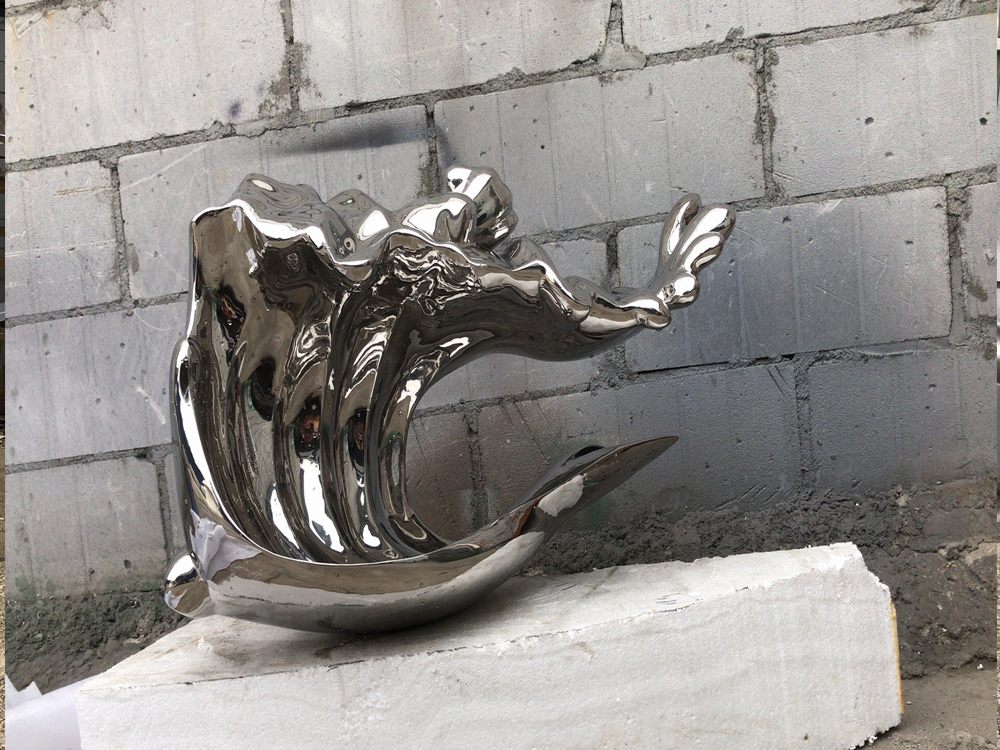
The creation of exquisitely detailed wood carvings is a testament to both artistic vision and technical mastery. Artisans achieve these remarkable textures and fine details through a combination of specialized techniques honed over years of practice.
First, the selection of wood plays a crucial role. Master carvers choose woods with tight, even grain patterns like basswood, butternut, or mahogany that allow for clean cuts and hold fine details well. The wood's moisture content must be carefully controlled to prevent cracking during and after carving.
The artisan's toolkit contains an array of specialized chisels, gouges, and knives, each designed for specific cutting actions. V-tools create sharp lines and textures, while fishtail gouges allow access to tight spaces. Micro carving tools with razor-sharp edges enable the finest details. Many carvers maintain their own tools, hand-sharpening them to perfection.
Traditional techniques include undercutting to create shadow effects, chip carving for geometric patterns, and relief carving for dimensional depth. Texture is often achieved through controlled tool marks - the deliberate leaving of chisel strokes that create visual interest when light plays across the surface. Some artists use burning techniques or wire brushes to enhance wood grain patterns.
Modern innovations include magnifying visors for ultra-fine work and rotary tools for delicate detailing. However, the true magic lies in the carver's trained hand - the ability to translate mental images into physical form through precisely controlled cuts. This requires not just technical skill, but an intimate understanding of how wood responds to different tools and cutting angles at various grain orientations.
Finishing techniques complete the process. Careful sanding with progressively finer grits prepares the surface, while specialized stains and waxes can highlight carved textures. The final result is a wooden sculpture where every curve, line, and texture tells the story of the artisan's skill and patience.

